Imagine a world where we experienced a new evolution called Artificial Intelligence, where AI enhances human capabilities by automating complex tasks, enabling faster decision-making, and transforming industries through data-driven insights. The people who know its intelligence predict it could dominate the world. They are wrong—until bad people dominate AI. Human exploration is the relentless pursuit of discovering and understanding the unknown, driven by curiosity and the desire to push beyond boundaries. So, let’s dive in and explore.
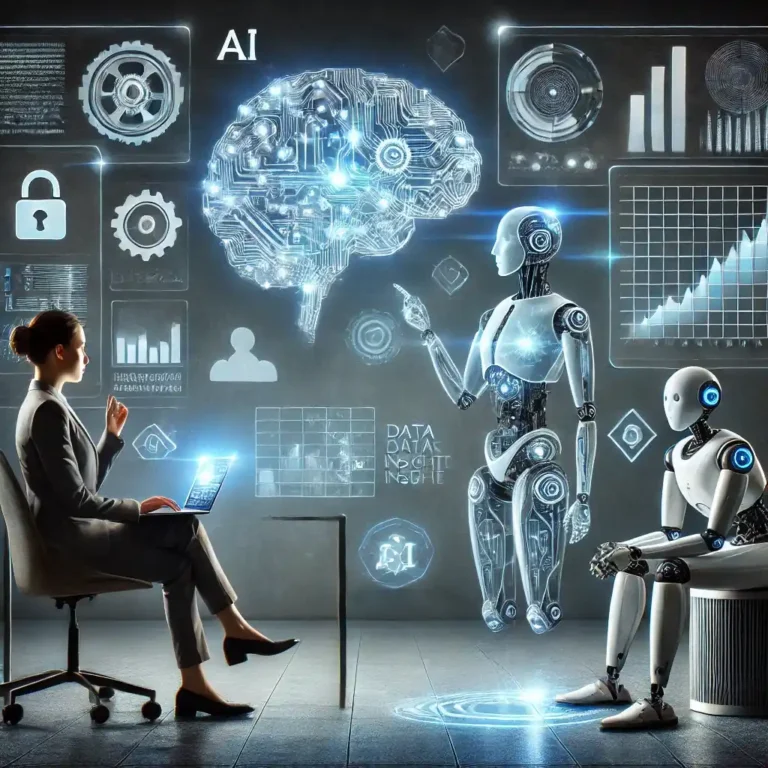
Artificial Intelligence is all about creating machines and computer systems that can think, learn, and make decisions—just like humans do. These smart systems are designed to handle tasks that usually require human intelligence, such as problem-solving, recognizing patterns, and even making predictions. What’s even cooler? AI improves over time by learning from experience and data, making it smarter and more efficient without needing constant human input.
Many people think Artificial Intelligence (AI) and Machine Learning (ML) are the same thing, but they’re actually different. AI is the big idea—making computers smart enough to do tasks that usually require human intelligence. Machine Learning, on the other hand, is one way to achieve AI.
Machine Learning is a part of AI that focuses on teaching computers to learn from experience. Instead of being programmed step-by-step, ML uses data and algorithms to help computers recognize patterns and improve over time. Once trained, these systems can make predictions or decisions when they’re given new information.
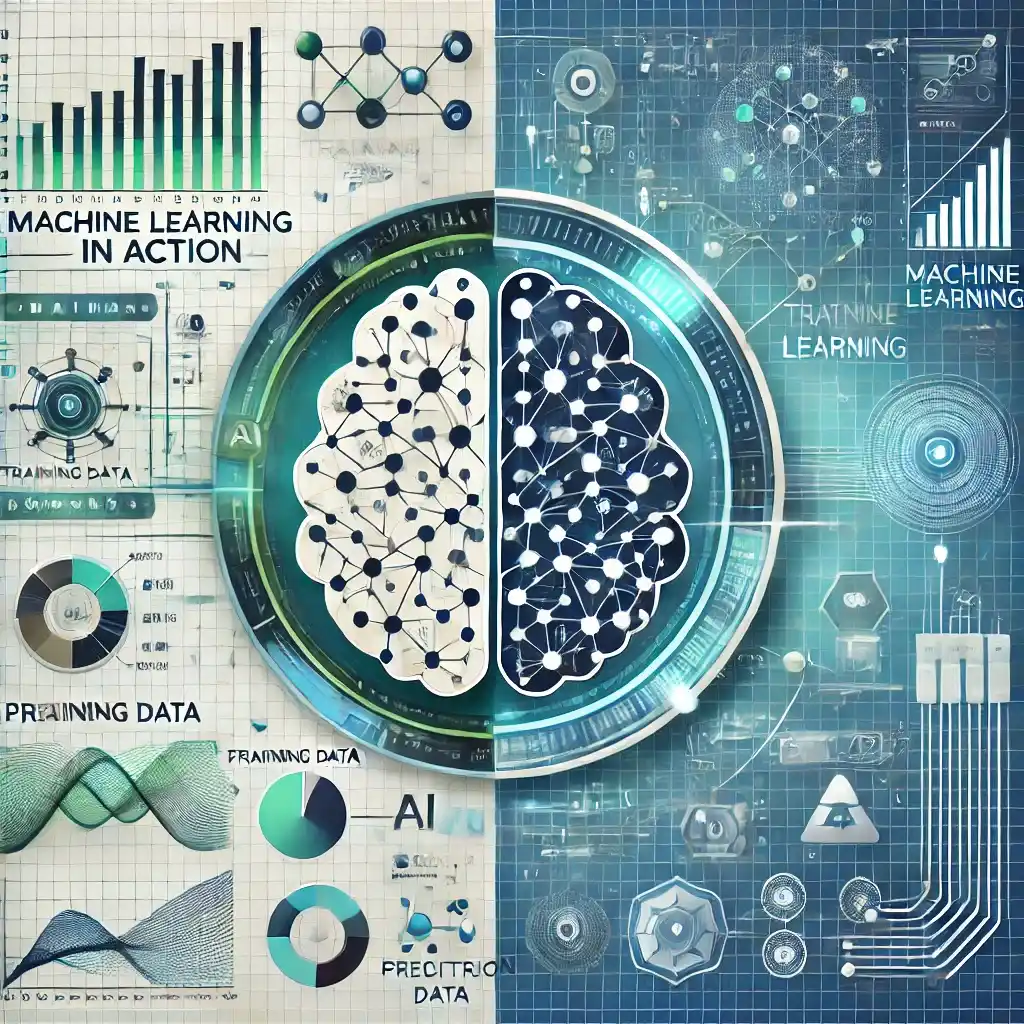
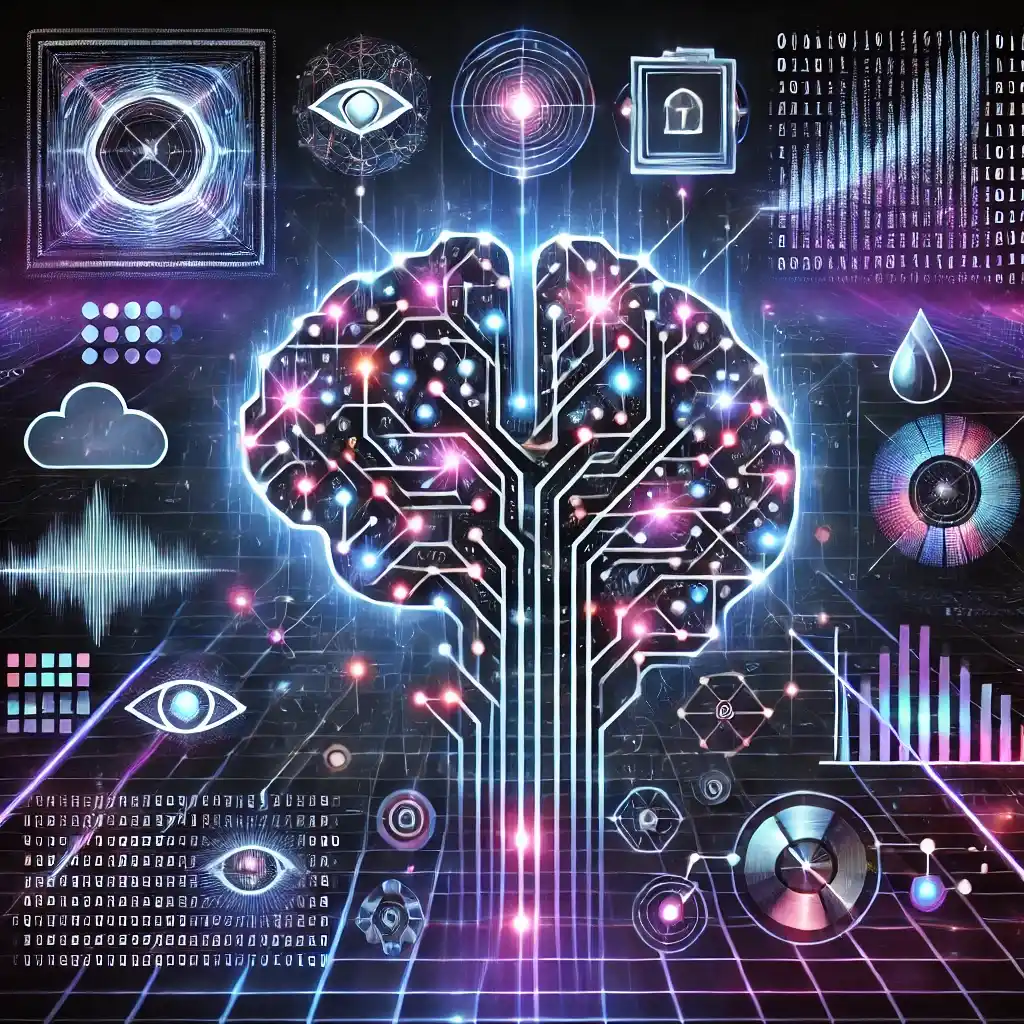
Deep learning is a special type of machine learning that uses layers of neural networks to process information—kind of like how our brains work. It needs a lot of data and powerful computers to do its job well. Thanks to deep learning, we can tackle complicated tasks such as recognizing faces in photos, translating languages, and even understanding spoken words.
Early Foundations (1900s-1950s)
The idea of machines thinking like humans first emerged when a few visionaries, in the early 1900s, were dreaming of systems with intelligence. In 1950, Alan Turing posed the more important question: ‘Can machines think?’ Finally, it was John McCarthy, in 1956, who coined the term ‘artificial intelligence,’ setting AI as a formal discipline.
The Rise of Machine Learning (1980s-1990s)
Now, with the development of machine learning, AI moved beyond rule-based systems into algorithms that were based on data. One of the important areas of research became neural networks, loosely modeled after the human brain, despite the early limitations in computing power.
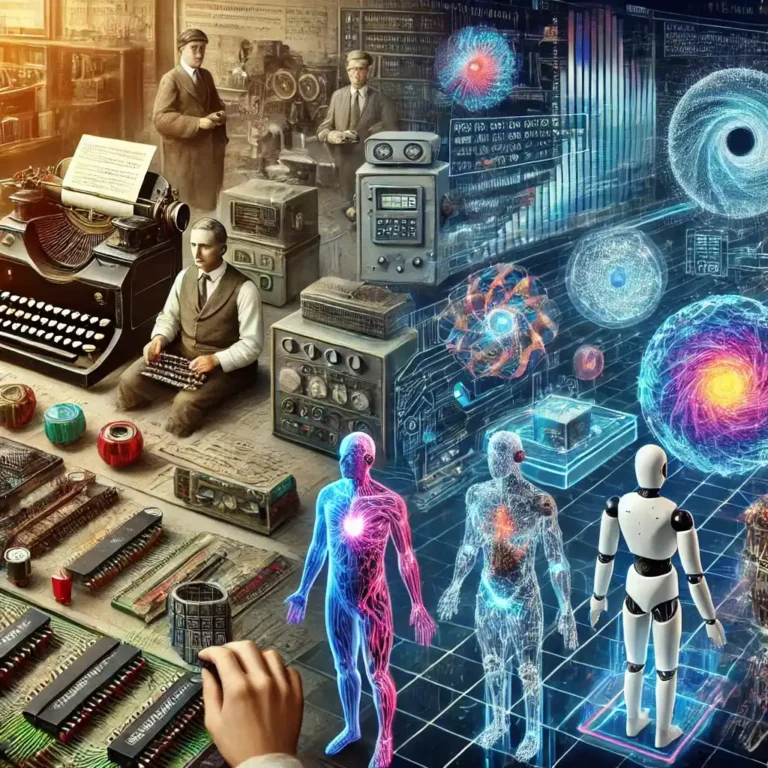
The Deep Learning Era (2000s-2010s)
Major leaps in deep learning, a subclass of machine learning using multi-layered neural networks, beget improvements in image recognition, speech processing, and natural language understanding. Big data and an increase in computational power spurred innovations. Innovations started being implemented with the use of AI to enhance products by companies such as Google, Microsoft, and Facebook.
AI after the 2010s
Nowadays, AI and machine learning have become an integral part of daily life in influencing areas such as health, entertainment, and even business. It was really the applications of AI in things like autonomous cars, specifically Tesla and Waymo working on the self-driving car, that sparked the use of voice assistants like Siri, Alexa, and Google Assistant in every household. And then came GPT and Midjourney to revolutionize content creation by being generative models of AI powering tools for autonomous writing, coding, and even media generation.
In 2025, automation took over our daily lives in a big way, making everything easier and boosting our creativity. From healthcare and transportation to education, manufacturing, and business, automation brought positive changes that improved life for everyone. With AI and automation working hand in hand, tasks have become faster, more accurate, and much simpler to complete.
It’s amazing how technology has made our lives smoother, allowing us to focus on what truly matters.
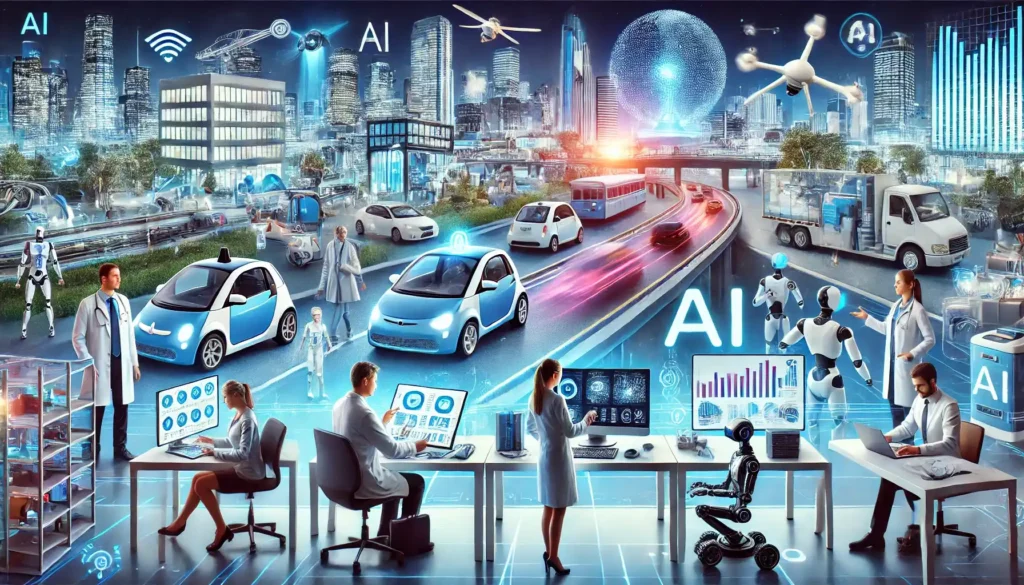
AI is changing healthcare by improving how doctors diagnose illnesses and create personalized treatment plans. It also helps with paperwork, making things run smoother. In finance, AI helps manage risks, detect fraud, and improve security, making things faster and safer for customers. In marketing, AI is transforming how businesses understand customers and run campaigns, making them more personal and effective. When it comes to education, AI-powered tools make learning more accessible and customized, helping students learn in ways that suit them best.
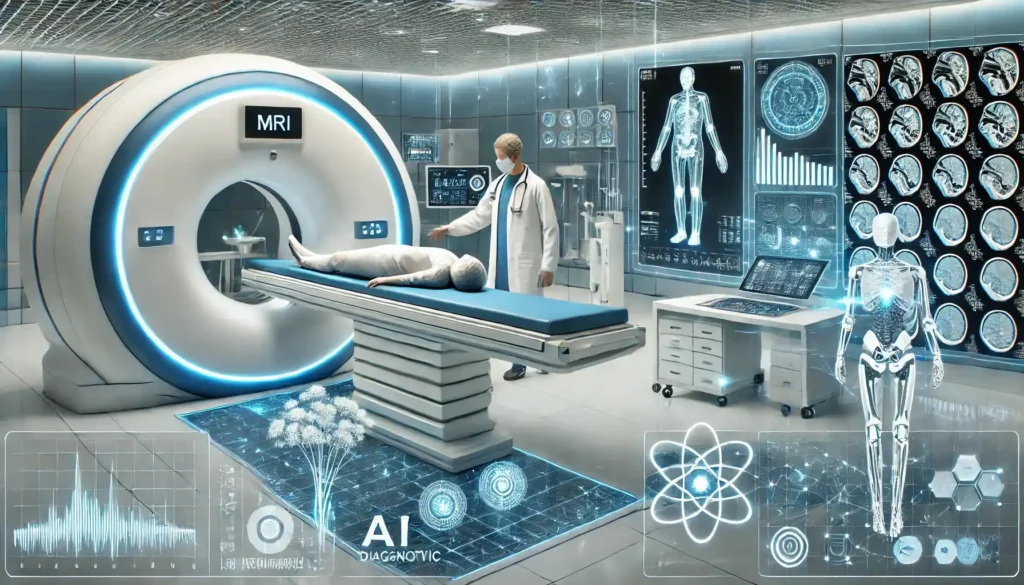
Today, medical science relies heavily on machines to detect and treat health problems. Tools like MRI scanners, robotic surgery systems, and AI-powered devices help doctors diagnose diseases earlier and more accurately. AI can study complex medical data and assist doctors in creating personalized treatment plans. These advancements make life easier for patients by offering more precise, less invasive treatments and leading to faster recovery.
Fraud is a major issue in today’s global economy, and AI offers a powerful way to tackle it. One of the best things about AI is that it keeps learning from new data all the time. This helps it spot unusual patterns in transactions that might indicate fraud. AI systems understand what normal activity looks like, so they can quickly flag anything suspicious. Since AI works in real-time, it can catch fraud as it happens and often stop it before any real harm is done.
When it comes to trading, AI makes things faster and more profitable. It helps by predicting stock movements, automating trades, and managing risks more efficiently.
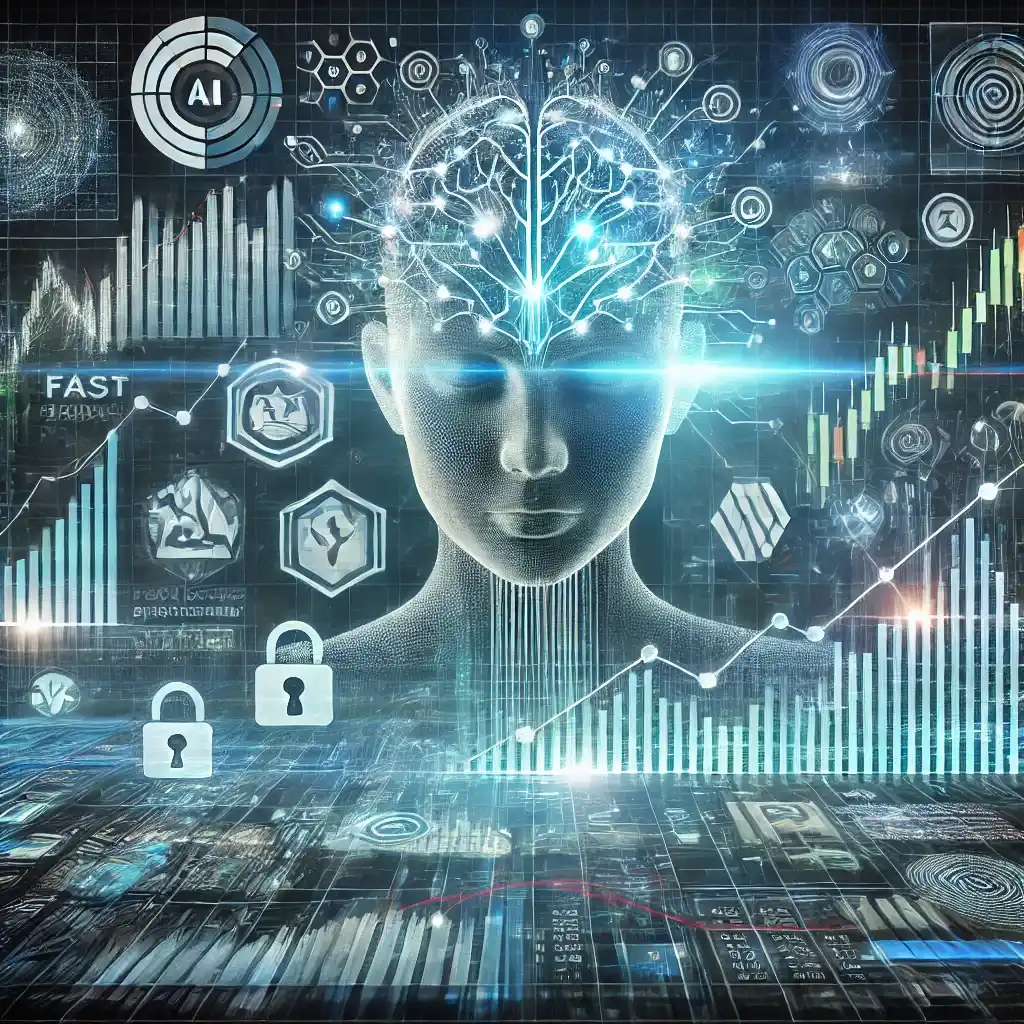
Artificial Intelligence can study past data, market trends, and economic signals to predict how stocks might behave in the future. It can also process huge amounts of information in just seconds and make thousands of trades almost instantly by spotting small changes in prices. Plus, AI helps assess market risks and makes sure trades are done in a way that reduces the chances of big losses.
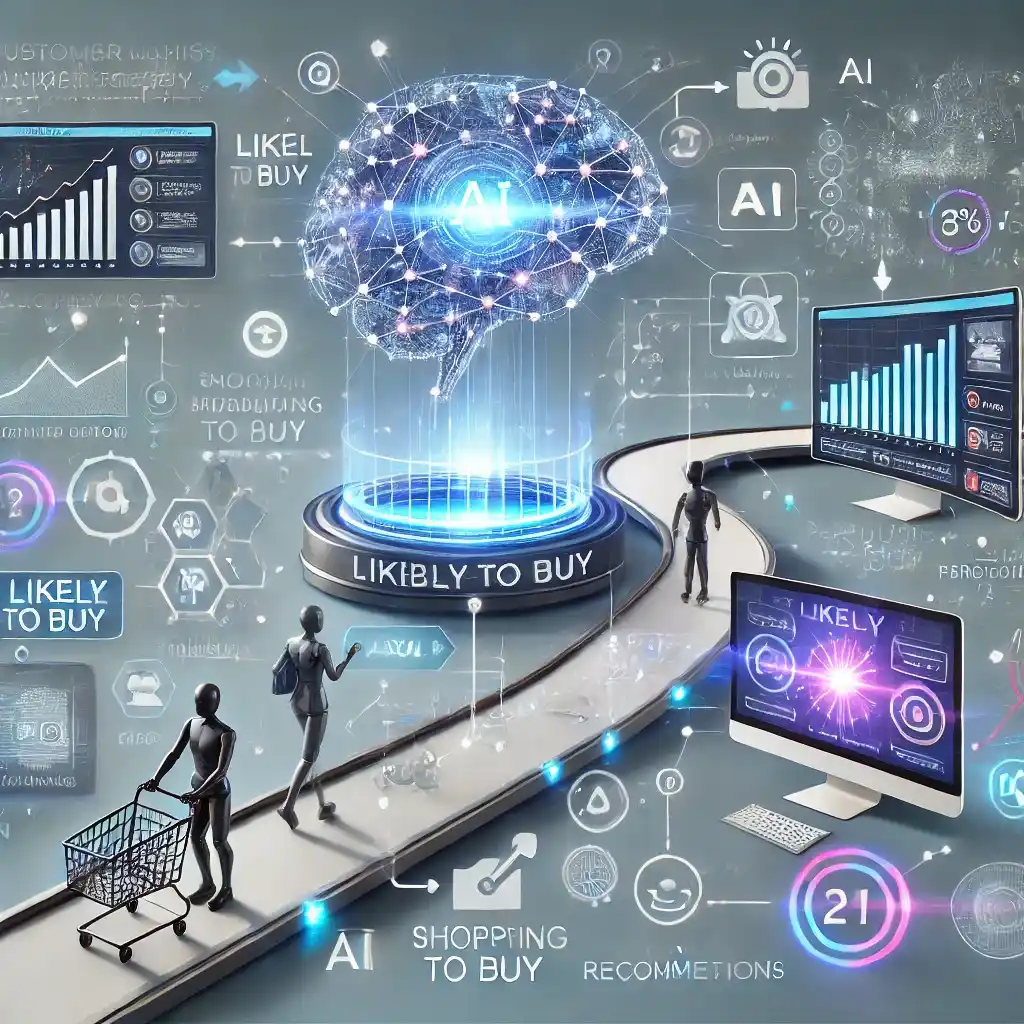
Predictive analytics uses AI to analyze large amounts of data about customer behavior—what they buy, which websites they visit, and how they interact on social media. Based on these patterns, AI can make smart guesses about what customers might do next. For example, it can suggest products they will likely buy based on their past shopping habits.
Personalized advertising means showing ads based on what a person likes and how they behave online. It even takes timing into account, making sure the ad appears when someone is most likely to engage with it. For example, if you’ve been thinking about a product online, you might see a special offer for it right when you need it. This makes the ad feel more relevant, increasing the chances that you’ll notice and consider it.
Personalized learning uses AI to help students by tailoring education to their unique needs, learning speed, interests, and strengths. AI analyzes student performance to identify areas where they excel or struggle, then suggests customized content and adjusts lessons to fit their needs. This approach makes learning more engaging and helps students achieve better results by offering the right support and challenges at the right time.
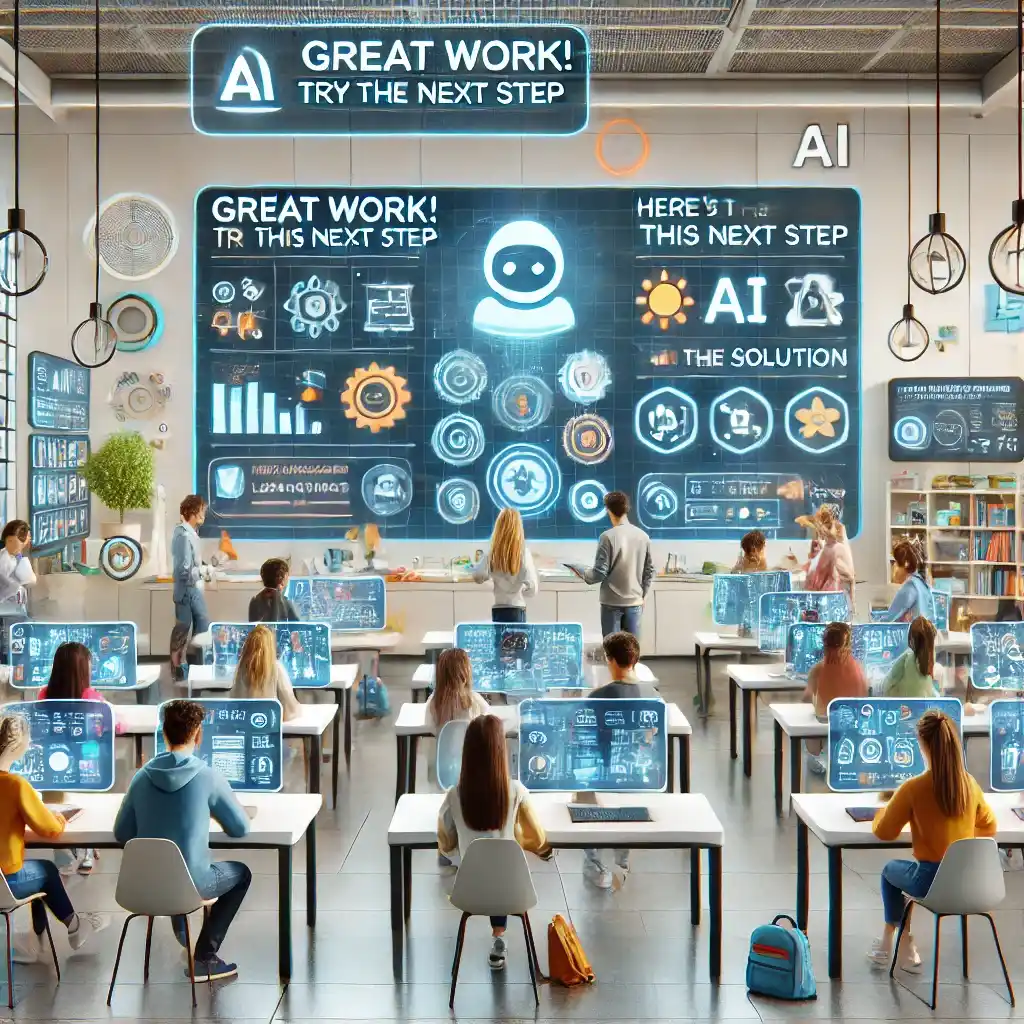
Imagine having a personal tutor available anytime you need help—well, that’s exactly what intelligent tutoring systems do! These AI-powered tools provide personalized lessons and instant feedback, helping students spot their mistakes and learn how to fix them right away. What’s cool is that they adapt to each student’s progress, making learning more interesting and challenging at just the right pace. Some of these systems even use natural language processing (NLP) so students can chat with them just like they would with a teacher. Popular examples include Carnegie Learning, which helps with math, and Socratic, an app that walks students through problems step by step with easy-to-understand explanations.